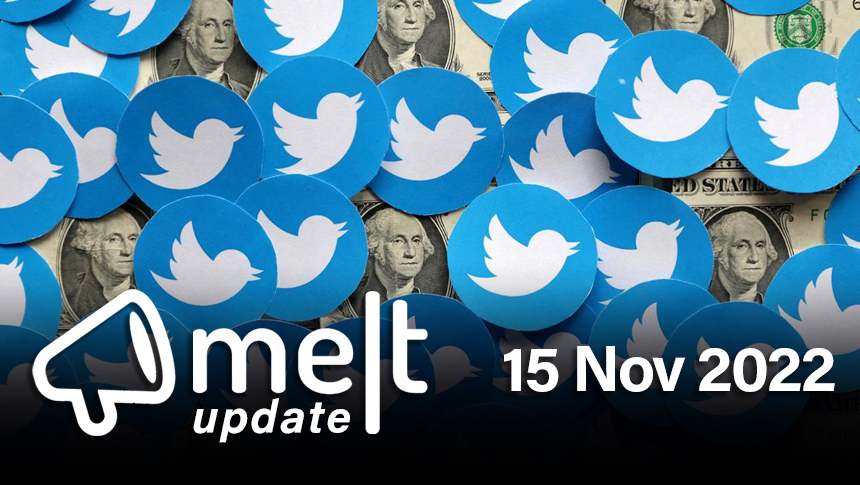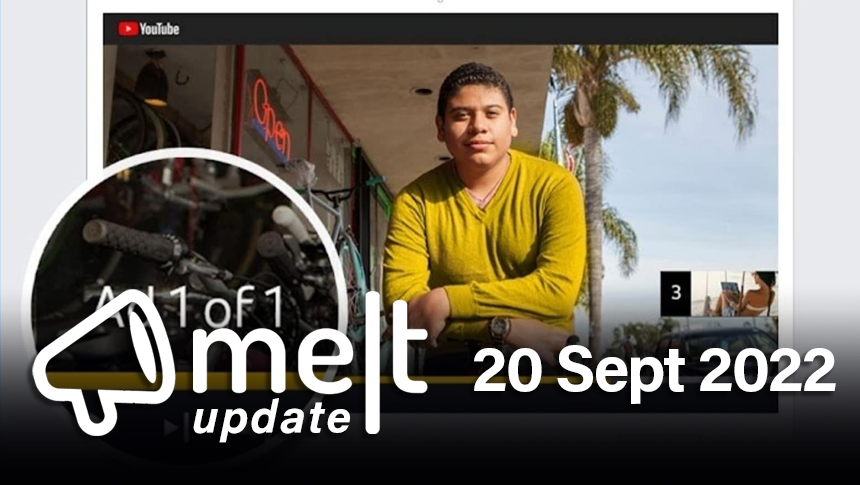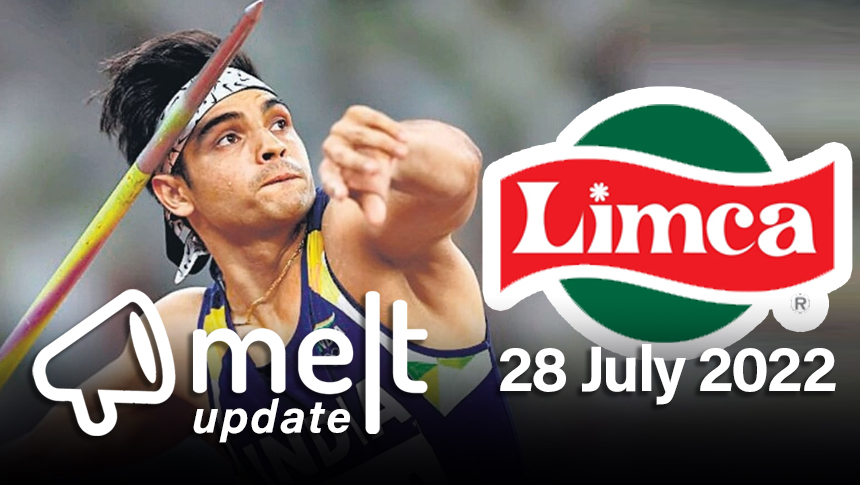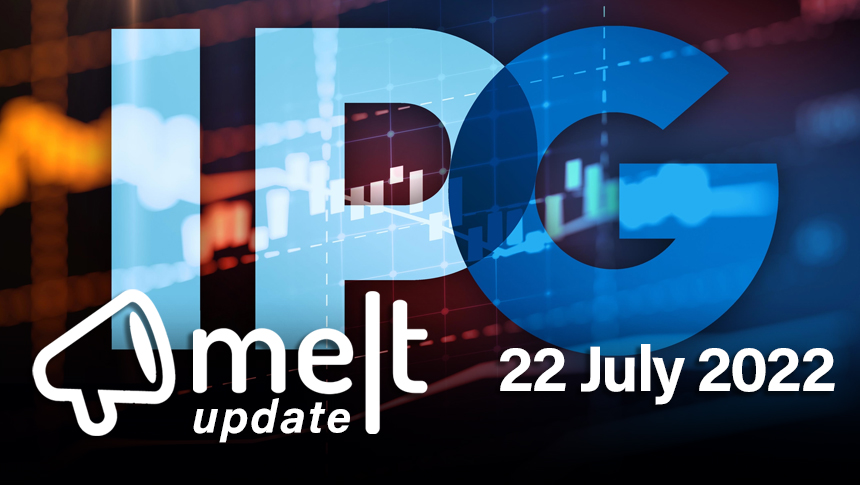Gone are the days when people relied only on television and print for news and entertainment. With the internet becoming mainstream, the use of tablets and smartphones has skyrocketed and now, there are growing signs of a rapid shift to mobile video consumption globally as well as in India.
According to the ‘India Mobile Video Report’ launched by Kantar IMB and Culture Machine recently, the daily engagement time on mobile has seen a whopping 23% increase in the last 9 months. At present, it hovers around the 4-hour mark for an individual daily. With the advent of 4G services and subsequent reduction in mobile data costs, it is not surprising that mobile videos are attracting significant engagement — 37% more than television to be exact.
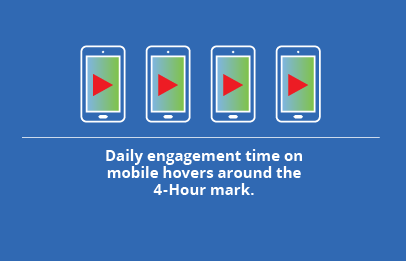
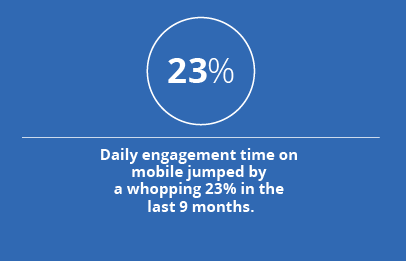
Hemant Mehta, Managing Director, Media & Retail and Chief Strategy Officer, Kantar South Asia explains, “The mobile video industry in India is witnessing a shift in gears. An increasing availability of affordable smartphones and a proliferation of affordable data plans means that more Indians are turning to their mobile devices for video streaming than ever before.
Unlike developed markets where usage of Wi-Fi and mobile networks for accessing mobile Internet is nearly equal, mobile network usage is significantly higher in India. This can be attributed to a fewer number of free Wi-Fi zones, and the lowered rates of mobile data since the commercial launch of 4G services in India.” He further adds that mobile is the most accessible media. “Most consumers have their mobile phones within arm’s reach, even when they’re consuming other media like TV or print.
Unlike Television, the mobile screen offers a more personalized experience that can be tailored to suit the individual. And unlike print, you don’t even need to be literate to be able to consume content like video or imagery,” he says.


Agreeing to that, Sameer Pitalwalla, CEO, and Co-Founder, Culture Machine explains that a smartphone is also natively connected to the internet and this is an advantage. “It is inherently built with the network baked into them and the sheer size of the installed base of the second screen, dwarfs any other format like TV, tablet, cinema, by order of magnitude,” he says.
While millennials form a key consumer demographic for marketers in the mobile video industry, consumption is not just limited to affluent users today. According to the report, more than 40% of viewers belong to Sec C/D/E homes. Currently, there are more than 20 million avid video consumers in India who spend 22 hours a month, consuming videos.
“India has the largest millennial population in the world. 57% of India’s working millennials are already the chief wage earners, accounting for 70% of overall household income. As such, all video consumption will eventually move to internet protocol. There will be a mass of niches and that’s where millennial audiences have already moved to. If you want to be relevant to this demographic, this is the most efficient way to reach them,” Sameer adds.
Given how the market is touted to grow by leaps and bounds in the next 3–4 years, agile marketers have already begun to benefit from this trend. A study done by Adobe shows that shoppers who viewed a brand’s video were 1.8X times more likely to purchase a product than those who did not view the video. This has led to brands increasing their investments in diverse video content leading to more users and higher engagement.
A study done by Adobe shows that shoppers who viewed a brand’s video were 1.8X times more likely to purchase a product than those who did not view the video. This has led to brands increasing their investments in diverse video content leading to more users and higher engagement.
Similarly, the Nike Women’s Da Da Ding campaign was not absolutely mobile exclusive but it was widely shared across social messaging apps like Whatsapp apart from Facebook and YouTube. Hemant agrees, “The campaign translates very well onto the small screen. The instant shareability that mobile devices offer makes a very compelling case on how the small screen can have an outsized impact on brand measures.”
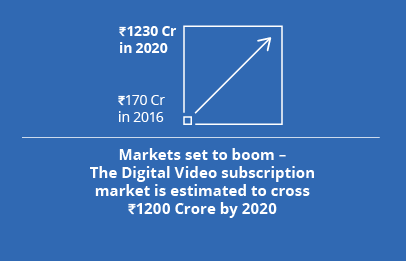

In terms of the most consumed platforms on mobile, YouTube leads the charge with maximum reach, followed by Facebook. These social media platforms have an innate ability to draw large crowds and keep them engaged. Given the diverse audience on YouTube, the report advises marketers to take into account the nature of the content that their target audience is most likely to engage with. Brands also need to consider the viewership habits of their intended audiences in order to align their content uploads around the time these audiences are coming onto the platform. As for Facebook marketing, crisp and impactful videos are the way forward.
In terms of the most consumed platforms on mobile, YouTube leads the charge with maximum reach, followed by Facebook. These social media platforms have an innate ability to draw large crowds and keep them engaged.
“YouTube is the king of online video. Not only does it provide a massive repository of content that is easy to sort through but it also intelligently serves you with content based on your past viewing behaviour. But unlike YouTube, where viewers navigate from one video link to the next, Facebook users consume the bulk of videos on their News Feed. Throw in the autoplay feature and viewership happens virtually by default. Thus, engagement is key to drive greater viewership and this is an area where Facebook has dominated,” Hemant elaborates.
Explaining what these two social media platforms are doing right, Sameer tells us, “Native branded content and good old inventory buying on video is delivering a discernible lift in sales and brand scores. These two formats will only grow in terms of spends in the coming months.”
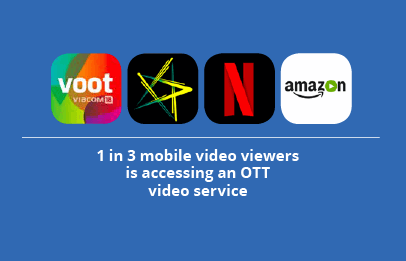
Coming to OTT platforms, the report suggests that 1 in 3 mobile video viewers is accessing an OTT video service such as Hotstar, Voot, Netflix etc. Consumers have easier access to diverse content like movies, sports, catch-up TV, reality shows and even tailor-made web-series. With the Indian government recently blocking thousands of torrent sites, a steady roll-out of new OTT services made it much easier for viewers to access TV shows and movies. This has also led to a slowdown in video piracy. However, unlike the matured western markets, the Indian OTT space is yet to be fully driven by paid subscription. Are viewers in India not willing to pay for online videos?
Sameer reveals, “They sure are, if the content offering is super premium and the experience is sublime. Hotstar, Amazon Prime and Netflix have all seen good gains in paying subscribers, although one can always debate in the case of Prime if people are assigning value to prioritised delivery or for VOD or both.”
A recent report by Cisco claims that consumer mobile traffic is expected to grow fivefold by 2021 and while marketers are keeping a close eye on these developments, there are clearly a number of challenges for the road ahead.
Hemant opines, “Mobile doesn’t just represent huge potential. It’s a hugely competitive market where the user’s attention is fragmented across various apps and websites. Consumers expect pages and apps to load almost instantly and so marketers need to invest in building great content that loads fast. The roll-out of Accelerated Mobile Pages (AMP) has been a very positive step in this direction as it allows publishers to serve rich content instantly”.
“Mobile doesn’t just represent huge potential. It’s a hugely competitive market where the user’s attention is fragmented across various apps and websites. Consumers expect pages and apps to load almost instantly and so marketers need to invest in building great content that loads fast.”
Given the current scenario, it is obvious that brands cannot ignore the power of the small screen. As a result, brands are highly likely to boost their mobile ad spending in the near future.
“It is inevitable as digital buys will only grow, and mobile is driving growth in digital, so invariably the gap in ratios between consumer time spent and marketer money allocated on digital will be plugged. Currently, there is more supply than demand on the advertiser end, and these will both get matched as the new internet user, gained through the 4G data price wars, becomes permanent, and is targeted through digital instead of traditional,” Sameer signs off.
